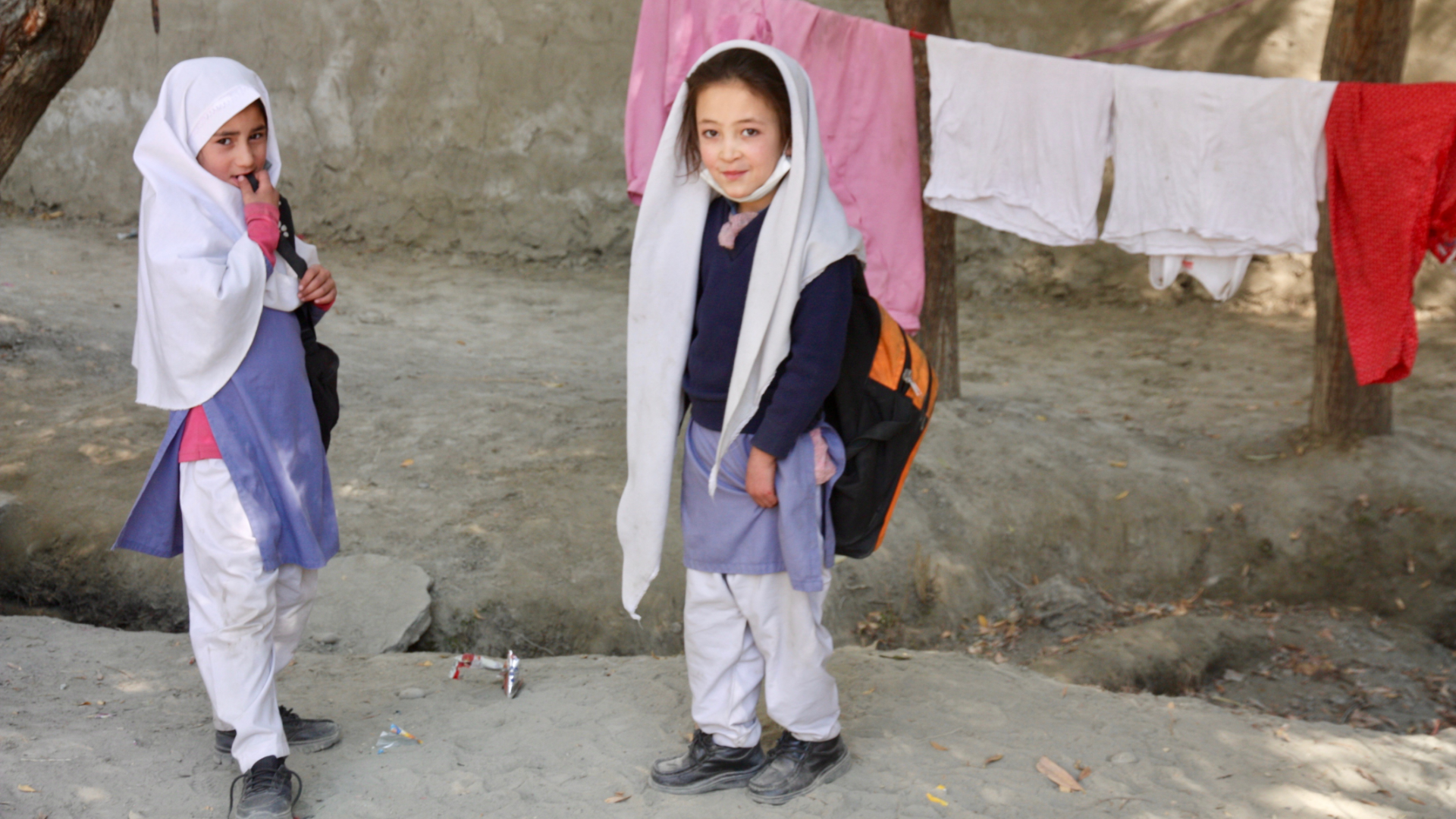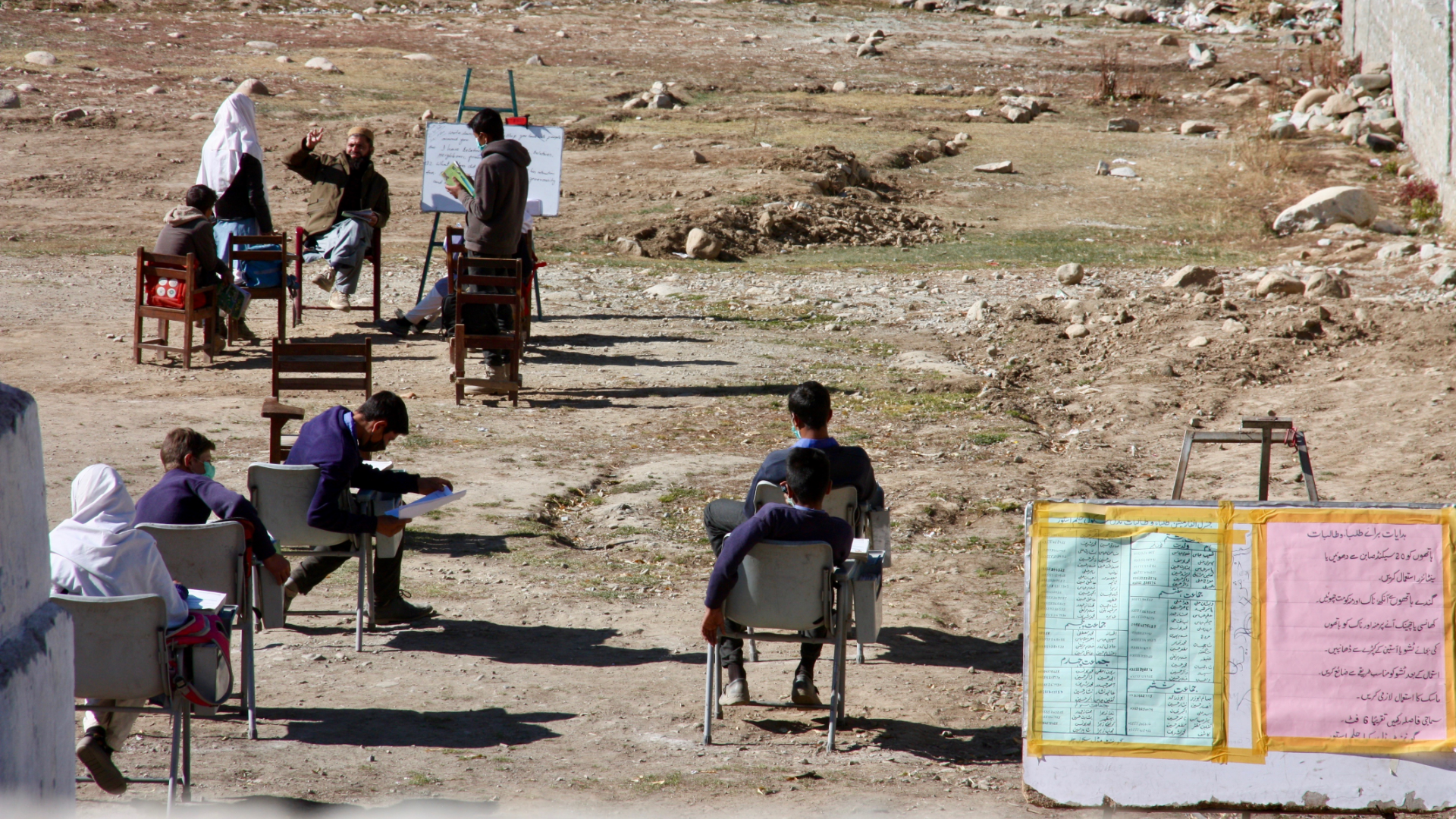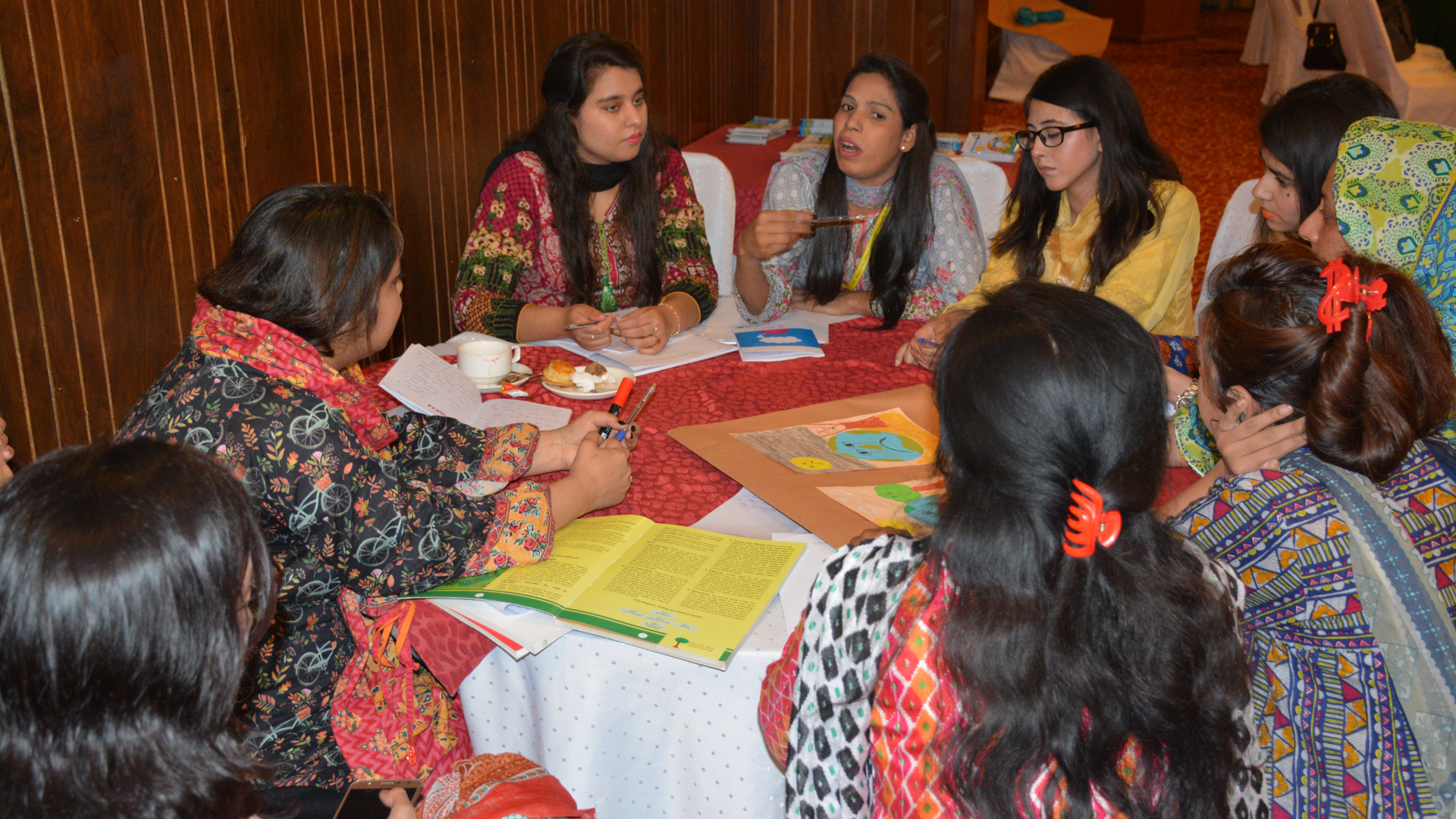Pakistan
Making Public Spaces Gender Friendly
Making Public Spaces Gender Friendly
Pakistan ranked 153rd out of 156 countries in the Global Gender Gap Report 2021, and 164 out of 167 in the Index for Women, Peace and Security. The lives of women are precarious, facing numerous adversities every day. Besides issues of equal access to quality healthcare, education, and reproductive rights, widespread gender-based violence is unfortunately at the forefront of gender inequality. The United Nations Population Fund (UNFPA)[1] reports on Pakistan: “women suffer from pervasive gender-based violence, from domestic abuse, honor killings, sexual violence to institutional discrimination”. In a strong patriarchal society, most of the causal factors behind gender inequality in Pakistan are closely related to powerful gender norms and the construction of social identity.[1]
A program called “Gender-Sensitive Messaging” has been developed to contribute to creating a discourse aimed at young minds – school children – as it is felt that working with this age group and developing communication tools and models can provide a widespread understanding of sensitization. A series of consultations with stakeholders designed under the project set the objective of developing pilot mediums for communicating gender-sensitive messages to children, embedded in a pedagogical context to teach respect and acceptance for gender identities and the modern construction of their roles. The final design product is to be an “Illustrated Publication for Primary-Level School Children”, which is currently in progress. One of the consultative workshops has already been rolled out, while keeping the following objectives in focus:
Identify thematic and structural pathways for content development.
Develop ideas on a visual representation of content.
Discuss ways of creating a larger footprint for the pilot intervention.
Content visualization professionals and content developers then opened an interactive dialogue with participants about how best to reach children at this elementary school educational level to convey messages with visual content. Educators, illustrators, and graphic designers shared ideas about how children can be influenced by maintaining their level of mind development and the digital age they are exposed to. The participants shared their insights and also talked about their own experiences as children. The focus here was on the differences existing between children from diverse socioeconomic and cultural backgrounds to better address these disprities and make connections between children.
These discussions were followed by a working group session where the participants were divided into groups and asked to develop stories that could communicate gender-sensitive messaging. The working groups later presented their work including a set of recommendations to share with policymakers.
[1] UNFPA Pakistan | Gender-based violence
Tolerance for diversity



